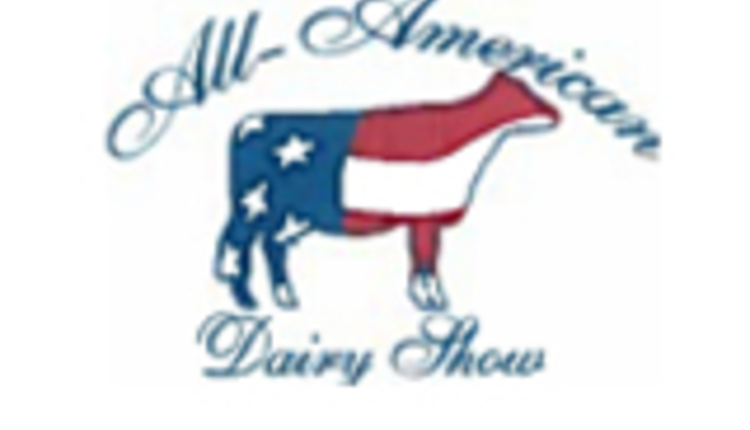There is no doubt that we are taking better care of our calves and heifers these days. Improved housing and ventilation, more vigilant attention to postweaned heifers, and, of course, accelerated feeding have helped us grow larger heifers and shorten the age to first calving. While those developments account for well-grown replacements across the national dairy herd, misrepresented birthdates among show heifers is another reason we are witnessing "larger heifers." It's time to level the playing field in this regard.
There have been a number of proposals floated to deal with the situation including the most often mentioned showing heifers based on height. Due to the amount of show staff hours required to implement this concept and the implications for respective breed All-American contests, this idea hasn't gained much traction.
We have a far easier solution. It's based on a lottery concept and the Purebred Dairy Cattle Association (PDCA) representing all breeds could easily implement it. Two weeks before the nation's first spring show, the dates for calf and heifer calves could be established using two bowls filled with numbered ping pong balls. The first bowl will have 12 balls (1 to 12) and the second bowl 31 balls (1 to 31). The ball drawn from the first bowl would represent the month, the second bowl would indicate the day. If 2 and 14 were drawn, classes could begin on February 14 and every three months thereafter . . . May 14, August 14 and November 14 . . . for both calves and heifers. If 29, 30 or 31 are drawn for months without those dates, simply draw again.
To guarantee security for this show date selection, PDCA could employ a firm that conducts state lottery gaming. To ensure compliance in the field, all animals eligible for U.S. shows would have to be registered before the drawing, both in the U.S. and Canada. To keep matters honest, a redrawing would take place each year.
As for cows, the decision could be made to go with traditional classes as they are today or continue the show date selection system to that group, as well. However, cows are less of a concern because the true genetics for frame have a chance to "level out" as animals approach full maturity.
While this paradigm shift might be hard for some show enthusiasts and marketers to swallow, this show date selection system would bring ethics to the heifer show and quickly turn the tide towards quality versus "making em bigger." And at the end of day, commercial and seedstock breeders want long-lasting animals, not misrepresented "giants."
This editorial appears on page 132 of the February 25, 2015 issue of Hoard's Dairyman.
Return to the Hoard's Dairyman feature page.
There have been a number of proposals floated to deal with the situation including the most often mentioned showing heifers based on height. Due to the amount of show staff hours required to implement this concept and the implications for respective breed All-American contests, this idea hasn't gained much traction.
We have a far easier solution. It's based on a lottery concept and the Purebred Dairy Cattle Association (PDCA) representing all breeds could easily implement it. Two weeks before the nation's first spring show, the dates for calf and heifer calves could be established using two bowls filled with numbered ping pong balls. The first bowl will have 12 balls (1 to 12) and the second bowl 31 balls (1 to 31). The ball drawn from the first bowl would represent the month, the second bowl would indicate the day. If 2 and 14 were drawn, classes could begin on February 14 and every three months thereafter . . . May 14, August 14 and November 14 . . . for both calves and heifers. If 29, 30 or 31 are drawn for months without those dates, simply draw again.
To guarantee security for this show date selection, PDCA could employ a firm that conducts state lottery gaming. To ensure compliance in the field, all animals eligible for U.S. shows would have to be registered before the drawing, both in the U.S. and Canada. To keep matters honest, a redrawing would take place each year.
As for cows, the decision could be made to go with traditional classes as they are today or continue the show date selection system to that group, as well. However, cows are less of a concern because the true genetics for frame have a chance to "level out" as animals approach full maturity.
While this paradigm shift might be hard for some show enthusiasts and marketers to swallow, this show date selection system would bring ethics to the heifer show and quickly turn the tide towards quality versus "making em bigger." And at the end of day, commercial and seedstock breeders want long-lasting animals, not misrepresented "giants."











